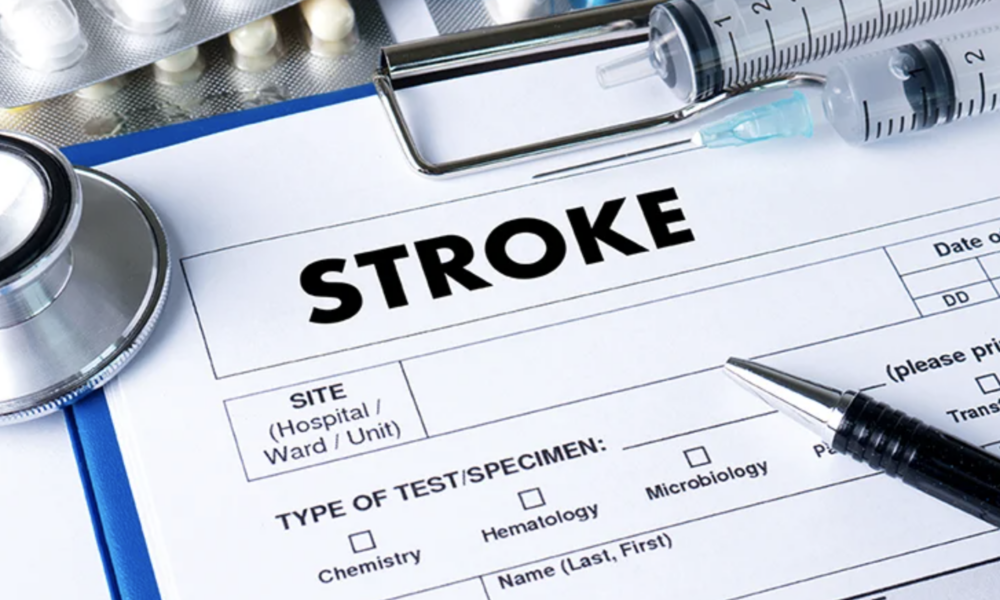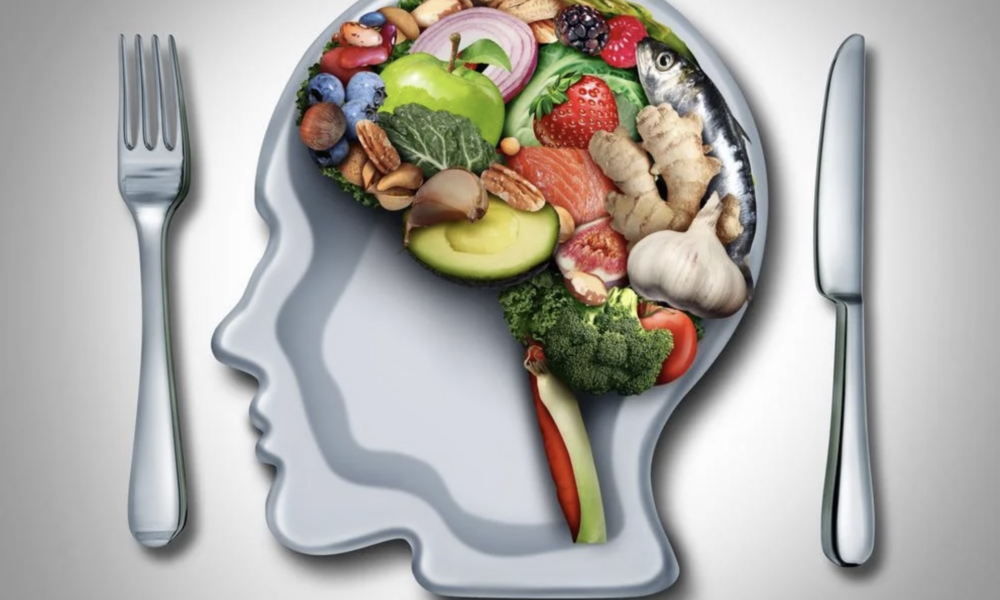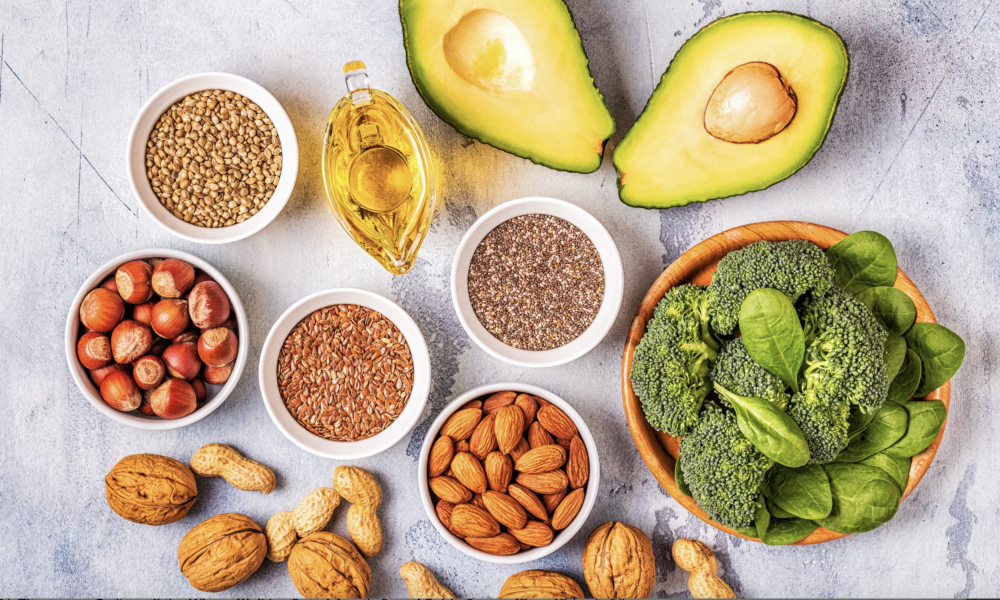- Home
- About
- Portfolio
Crush the Match – Medical School and Residency Platform
Food¢ense – Curbing Childhood Obesity and Food Waste
HealthStack – Shared and Jailed HIPAA Hosting $50
Marta Care – Let Us Help When You Can’t
MD Idea Lab – We Build Prototypes for Doctors
Nervcell – The Healthcare Web Browser
Patient Keto – Personalized Keto Medicine and Telehealth
SwipeChart – Rapid EMR Interface
Treatment Scores – Quantifying the Science of Medicine
Treatments – Diagnosed. Now What?
VIDRIO – Google Glass and EMR Interface
- Blog
- Contact
Month: July 2024
Harnessing the Power of Nutritional Neurology: A Ketogenic Lifestyle and Intermittent Fasting Approach
By Stephen Fitzmeyer, MD
Introduction:
In recent years, the field of nutritional neurology has gained significant attention as a promising approach to enhance brain health and treat various neurological disorders. By combining the principles of a ketogenic lifestyle and intermittent fasting, researchers and healthcare professionals are exploring new avenues for improving and potentially even curing certain neurological conditions. This article aims to shed light on the concept of nutritional neurology and its potential impact on ten neurological disorders.
Understanding Nutritional Neurology:
Nutritional neurology focuses on the relationship between diet and brain health. It recognizes that the food we consume can directly impact the structure and function of our nervous system. A ketogenic lifestyle involves consuming a high-fat, low-carbohydrate diet that induces a state of ketosis. Intermittent fasting, on the other hand, refers to periods of time when food intake is restricted, alternating with periods of regular eating.
Neurological Disorders and the Role of Nutritional Neurology:
Epilepsy: Studies have shown that a ketogenic diet can significantly reduce seizure frequency in individuals with epilepsy, particularly in children whose seizures are drug-resistant.
Alzheimer’s Disease: A ketogenic diet and intermittent fasting have shown potential in enhancing brain function and reducing cognitive decline in individuals with Alzheimer’s disease.
Parkinson’s Disease: Nutritional neurology, particularly the ketogenic diet, may help improve motor symptoms and overall quality of life in individuals with Parkinson’s disease.
Multiple Sclerosis (MS): Some evidence suggests that a ketogenic diet may alleviate symptoms and slow down the progression of MS by reducing inflammation and oxidative stress.
Migraine: The ketogenic diet, combined with intermittent fasting, may reduce the frequency and intensity of migraines by modulating brain energy metabolism and reducing neuroinflammation.
Autism Spectrum Disorders (ASD): Nutritional interventions, including a ketogenic diet and intermittent fasting, have shown promise in managing symptoms associated with ASD, such as behavioral issues and cognitive impairments.
Depression: Emerging research suggests that a ketogenic diet and intermittent fasting may have antidepressant effects by modulating neurotransmitter activity and reducing inflammation.
Traumatic Brain Injury (TBI): Nutritional neurology approaches, such as a ketogenic diet and intermittent fasting, have shown potential in promoting neuroprotection and supporting recovery following TBI.
Amyotrophic Lateral Sclerosis (ALS): While further research is needed, preliminary studies indicate that a ketogenic diet may improve mitochondrial function and potentially slow the progression of ALS.
Attention Deficit Hyperactivity Disorder (ADHD): Nutritional interventions, including a ketogenic diet and intermittent fasting, may help manage symptoms of ADHD by improving focus, attention, and behavior.
Conclusion:
Nutritional neurology offers a fascinating perspective on brain health and the treatment of neurological disorders. By embracing a ketogenic lifestyle and incorporating intermittent fasting, individuals may potentially experience improvements in various neurological conditions. However, it is important to note that nutritional interventions should be pursued under the guidance of healthcare professionals and tailored to each individual’s specific needs. As research continues to unfold, nutritional neurology holds the promise of transforming the way we approach neurological disorders and enhancing the lives of countless individuals.
Author: Stephen Fitzmeyer, M.D.
Physician Informaticist
Founder of Patient Keto
Founder of Warp Core Health
Founder of Jax Code Academy, jaxcode.com
Connect with Dr. Stephen Fitzmeyer:
Twitter: @PatientKeto
LinkedIn: linkedin.com/in/sfitzmeyer/
Leveraging Fiber for Blood Sugar Control in a Ketogenic Diet: A Guide for Type 1 and Type 2 Diabetics
By Stephen Fitzmeyer, MD
For individuals living with Type 1 or Type 2 diabetes, maintaining stable blood sugar levels is of utmost importance. While a ketogenic diet can be a beneficial approach for managing diabetes, it requires careful consideration of nutrient intake, including fiber. Incorporating fiber-rich foods into each meal can play a crucial role in controlling and stabilizing blood sugar levels. In this article, we will explore the scientific evidence supporting the use of fiber for blood sugar control in a ketogenic diet and provide practical recommendations for individuals with diabetes.
Introduction
For years, health-conscious individuals have been advised to consume fruit as part of a balanced diet due to its nutritional value and potential health benefits. However, recent studies have shed light on an important distinction between whole fruit and fruit juice regarding their effect on blood sugar levels. It turns out that the presence of fiber in whole fruit plays a significant role in slowing down the absorption of fructose, the natural sugar found in fruit. In contrast, fruit juice lacks the same fiber content, leading to a more rapid rise in blood sugar levels. Let’s delve deeper into the research and uncover the implications of these findings.
The Role of Fiber
Fiber is a key component of whole fruits that is absent in fruit juice. This dietary component consists of soluble and insoluble fibers, both of which contribute to a slower and more controlled release of sugars into the bloodstream. When consuming whole fruit, the fibrous structure acts as a physical barrier, reducing the speed at which sugars, including fructose, are absorbed. As a result, blood sugar levels rise more gradually, minimizing the risk of blood sugar spikes.
The Role of Fiber in Blood Sugar Control
Fiber-rich foods have a significant impact on blood sugar control. Fiber consists of indigestible carbohydrates that cannot be broken down by human enzymes. Instead, fiber passes through the digestive system relatively intact. There are two main types of fiber: soluble fiber and insoluble fiber. Both types contribute to blood sugar control in different ways.
Soluble fiber forms a gel-like substance in the digestive tract, slowing down the digestion and absorption of carbohydrates, including sugars. This results in a more gradual release of glucose into the bloodstream, preventing sudden spikes in blood sugar levels. Insoluble fiber, on the other hand, adds bulk to the stool, promoting regular bowel movements and preventing constipation, a common issue for individuals with diabetes.
Scientific Studies on Fiber and Blood Sugar Control
Numerous studies have investigated the effects of fiber on blood sugar control, including its impact on postprandial glucose levels (blood sugar levels after a meal) and glycemic control over the long term.
A study published in the journal “Diabetes Care” examined the effects of a high-fiber diet on glycemic control in individuals with Type 2 diabetes. The researchers found that participants who consumed a diet rich in fiber experienced significant improvements in glycemic control, including reduced HbA1c levels (a marker of long-term blood sugar control) and lower postprandial glucose levels.
Another study published in the “Journal of Clinical Nutrition” compared the effects of two different breakfast meals on blood sugar control in individuals with Type 2 diabetes. One meal contained high-fiber foods such as oats and fruits, while the other meal contained low-fiber foods. The researchers found that the high-fiber breakfast led to significantly lower postprandial glucose levels and improved overall glycemic control compared to the low-fiber breakfast.
Slower Absorption and Glycemic Index
The glycemic index (GI) is a measure of how quickly a particular food raises blood sugar levels. Foods with a low GI are digested and absorbed more slowly, leading to a gradual increase in blood sugar levels. Several studies have compared the glycemic index of whole fruit and fruit juice, consistently finding that whole fruit has a lower GI than its juice counterpart.
One study published in the journal “Diabetes Care” compared the effects of consuming whole apples versus apple juice in a group of participants. The researchers found that whole apples had a lower glycemic response, resulting in a more gradual increase in blood sugar levels, compared to apple juice. These findings highlight the role of fiber in moderating the absorption of fructose and its impact on blood sugar.
Long-Term Health Implications
The differential effect of whole fruit and fruit juice on blood sugar levels has significant implications for long-term health. Rapid spikes in blood sugar can strain the body’s ability to produce enough insulin to regulate glucose levels effectively. Over time, this may lead to insulin resistance, an underlying factor in the development of type 2 diabetes.
Furthermore, the consumption of whole fruits provides additional health benefits beyond blood sugar regulation. Fruits are rich in vitamins, minerals, antioxidants, and other phytochemicals that contribute to overall well-being and the prevention of chronic diseases such as heart disease and certain cancers. By choosing whole fruits over fruit juice, individuals can harness the combined benefits of fiber and essential nutrients.
The Importance of Including Fiber in Every Meal
For individuals with diabetes following a ketogenic diet, it is crucial to include a source of fiber in every meal. Here are some reasons why:
Blood Sugar Regulation: Including fiber in each meal helps regulate blood sugar levels by slowing down the absorption of glucose. This can minimize the risk of blood sugar spikes and promote better overall glucose control.
Satiety and Weight Management: Fiber-rich foods are generally more filling and can contribute to a sense of satiety after a meal. This can aid in appetite management and weight control, which is particularly important for individuals with diabetes. Maintaining a healthy weight helps improve insulin sensitivity and supports blood sugar management.
Digestive Health: Fiber plays a vital role in maintaining a healthy digestive system. It adds bulk to the stool, promotes regular bowel movements, and helps prevent gastrointestinal issues such as constipation. This is particularly relevant for individuals with diabetes, as they are more prone to digestive complications.
How can you supplement fiber in your ketogenic diet without grains or carbs?
If you’re looking to supplement fiber in your diet without relying on grains or carbs, there are several options you can consider. Here are some fiber-rich foods that are low in grains and carbohydrates:
- Vegetables: Non-starchy vegetables like broccoli, cauliflower, Brussels sprouts, kale, spinach, and asparagus are excellent sources of fiber. You can include these in your meals and snacks.
- Berries: Berries such as raspberries, blackberries, and strawberries are relatively low in carbs and high in fiber. They can be consumed fresh or frozen and added to yogurt or smoothies.
- Chia seeds: Chia seeds are packed with fiber and can be easily incorporated into your diet. They can be added to smoothies, yogurt, or used as a topping for salads or oatmeal.
- Flaxseeds: Flaxseeds are another great source of fiber. You can sprinkle ground flaxseeds on your meals, add them to smoothies, or use them in baking recipes.
- Avocado: Avocado is a nutrient-dense fruit that is high in healthy fats and fiber. You can enjoy avocado as a topping, in salads, or as a guacamole dip.
- Nuts and seeds: Almonds, walnuts, and sunflower seeds are examples of nuts and seeds that provide both fiber and healthy fats. They can be eaten as a snack or added to various dishes.
- Legumes: While legumes like beans and lentils contain carbohydrates, they are also excellent sources of fiber and protein. Including moderate amounts of legumes in your diet can be beneficial.
- Psyllium husk: Psyllium husk is a fiber supplement derived from the seeds of the Plantago ovata plant. It is low in carbs and can be mixed with water or added to recipes as a thickening agent.
- Coconut: Coconut is rich in fiber and healthy fats. You can incorporate shredded coconut into your meals, use coconut flour for baking, or enjoy coconut milk in smoothies or curries.
- Cabbage: Cabbage is a low-carb vegetable that provides a good amount of fiber. You can use it in salads, stir-fries, or even make cabbage wraps instead of grain-based wraps.
- Mushrooms: Mushrooms are low in carbs and contain fiber. They can be used in a variety of dishes, such as stir-fries, soups, or stuffed mushroom caps.
- Cauliflower rice: Cauliflower can be grated or processed into rice-like grains, providing a low-carb alternative to traditional grains. You can use cauliflower rice as a base for stir-fries, salads, or side dishes.
- Seaweed: Various types of seaweed, such as nori or kelp, are low in carbs and high in fiber. You can enjoy them in sushi rolls, salads, or as a crunchy snack.
- Artichokes: Artichokes are a good source of fiber and can be enjoyed steamed, grilled, or added to dips like spinach artichoke dip.
- Green leafy vegetables: Leafy greens like spinach, Swiss chard, and kale are low in carbs and rich in fiber. They can be used in salads, smoothies, or sautéed as a side dish.
Consulting a Healthcare Professional
It is crucial to consult with a healthcare professional or registered dietitian experienced in diabetes management before making any significant changes to your diet, especially if you have diabetes. They can provide personalized guidance based on your specific needs and help you create a well-balanced meal plan that incorporates fiber-rich foods while adhering to a ketogenic approach.
Conclusion
Incorporating fiber into a ketogenic diet is essential for individuals with Type 1 or Type 2 diabetes aiming to maintain stable blood sugar levels. Scientific studies have consistently demonstrated the positive impact of fiber on glycemic control and blood sugar management. By prioritizing fiber-rich foods such as non-starchy vegetables, berries, seeds, and nuts, individuals with diabetes can enhance their overall dietary fiber intake while adhering to a ketogenic eating pattern. By doing so, they can work towards better blood sugar control and improved long-term health outcomes.
Author: Stephen Fitzmeyer, M.D.
Physician Informaticist
Founder of Patient Keto
Founder of Warp Core Health
Founder of Jax Code Academy, jaxcode.com
Connect with Dr. Stephen Fitzmeyer:
Twitter: @PatientKeto
LinkedIn: linkedin.com/in/sfitzmeyer/




